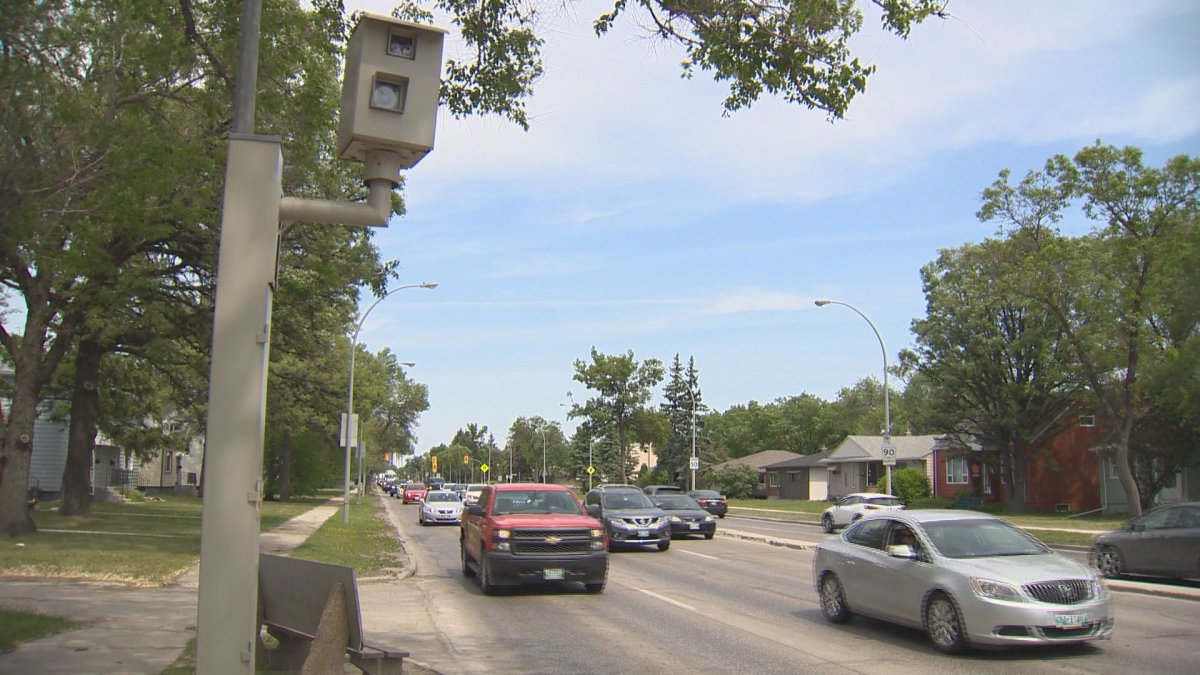Less drivers got tickets from Winnipeg Police Service photo enforcement cameras last year but more collisions occurred in the intersections where the cameras are located.

The service’s photo enforcement program annual report said the number of tickets dropped by over 4,000 to 144,302 from 2015 to 2016.
But over that same time period, the number of collisions at photo enforcement intersections jumped from 1,012 to 1,310.
The intersection with the highest number of tickets in 2016 was Main Street and Logan Avenue with 4,624.
If you go back a few years, that’s an increase of more than 700. However, collisions were actually down by 7 during that time to 22.

Get daily National news
RELATED: Photo radar ticket increase expected to boost revenue for Winnipeg police
It’s a different story at Kenaston Boulevard and Corydon Street, where tickets have risen from 2,342 to 3,165 during that time but collisions have also gone up by four to 44.
Winnipeg police said the cameras are making the streets safer and that fluctuations in ticket numbers from year to year can be attributed to traffic volumes and how cameras are rotated to different locations.
Still, city councillor John Orlikow wants to take the data from the enforcement cameras and try to make intersections safer.
RELATED: Orlikow wants city to do more with photo radar data
He’s asking city administration to study the top two most ticketed intersections every year.
“Have the street engineers, who are professionals, come back and give us recommendations on how we can actually improve the intersection so it is safer,” he said.
“Photo radar should be used to identify where those safety issues are,” Orlikow said.
The photo enforcement program created nearly $16 million in revenue in 2016.
- Former Calgary Flames player Johnny Gaudreau, brother Matthew killed in New Jersey collision
- Over 300K Samsung stoves in Canada recalled over fire hazard
- International student enrolment has dropped below federal cap, universities say
- How do you solve a problem like Canada Post? Even Ottawa isn’t sure
- Former Calgary Flames player Johnny Gaudreau, brother Matthew killed in New Jersey collision
- Over 300K Samsung stoves in Canada recalled over fire hazard
- International student enrolment has dropped below federal cap, universities say
- How do you solve a problem like Canada Post? Even Ottawa isn’t sure








Comments